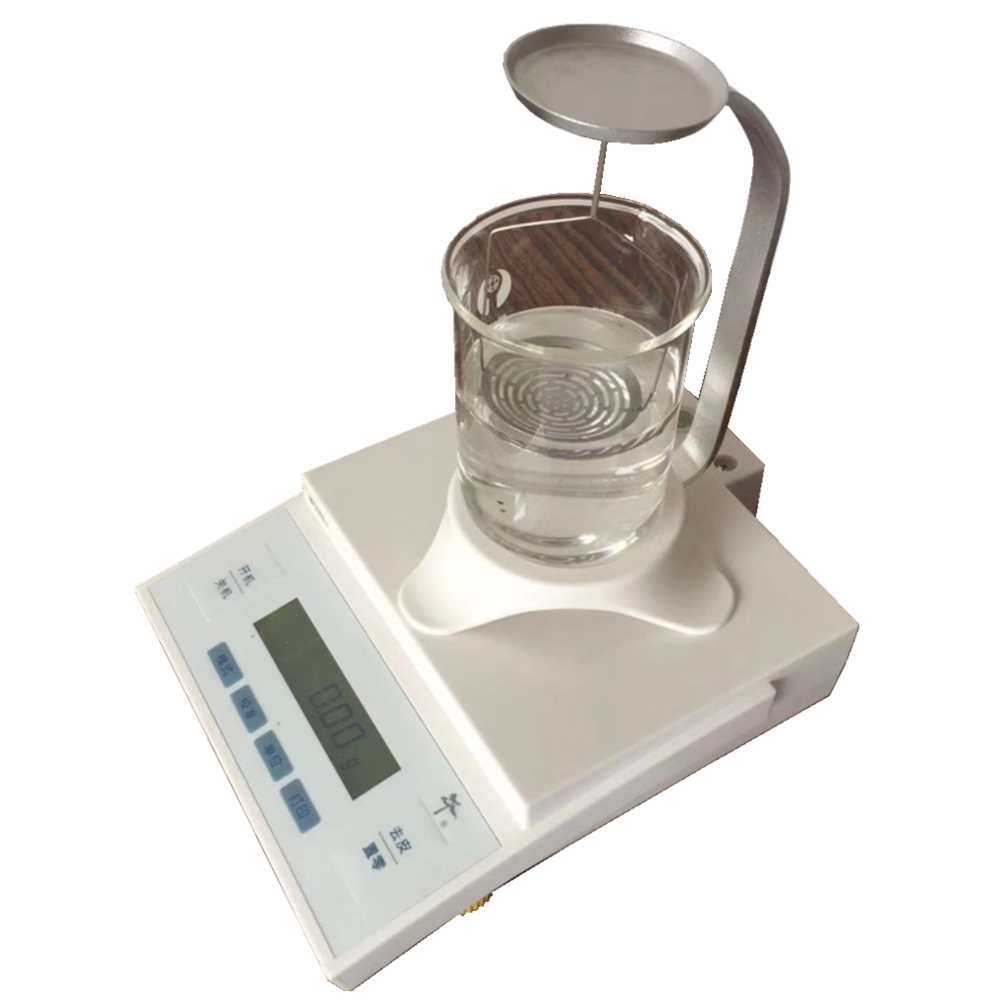resistance test equipment factory
Understanding Resistance Test Equipment A Guide to Factory Applications
In the realm of electrical engineering and manufacturing, the importance of resistance test equipment cannot be overstated. This specialized equipment plays a crucial role in assessing the electrical resistance of various components, ensuring their reliability and safety in different applications. This article delves into the significance, functions, and features of resistance test equipment in factory settings, providing a comprehensive overview for professionals in the industry.
The Importance of Resistance Testing
Resistance testing is a fundamental process in the quality control of electrical products. It serves to determine the resistance levels of wires, cables, circuit boards, and other components, which can influence their performance and longevity. For manufacturers, ensuring that their products meet stringent resistance standards is vital to minimize failures and enhance customer satisfaction.
In a factory setting, resistance test equipment helps identify any potential defects in components before they are assembled into larger systems. By performing routine resistance tests, manufacturers can catch problems early, reducing downtime, and avoiding costly recalls or repairs.
Types of Resistance Test Equipment
Several types of resistance test equipment are commonly used in factories, each tailored to specific testing needs
1. Micro-ohm Meters These devices are used to measure very low resistance levels, typically in the micro-ohm range. They are essential for testing connections in electrical assemblies, such as bus bars and circuit breakers, ensuring that they do not exhibit excessive resistance which could lead to overheating or energy loss.
2. Insulation Resistance Testers These testers measure the insulating properties of materials and components. They apply a high voltage to check for electrical leaks, helping to prevent failures in high-voltage environments. Insulation resistance testing is vital in ensuring the safety of electrical equipment.
3. Earth Resistance Testers Grounding systems are critical for safety in electrical installations. Earth resistance testers measure the resistance of grounding systems, ensuring they are effective in diverting fault currents away from electrical equipment and personnel, minimizing the risk of electrical shock.
4. Four-Wire Resistance Testers These testers utilize a four-wire method to eliminate the effects of lead resistance from measurements, providing accurate readings for both low and high resistance components. They are invaluable in precision applications where accuracy is paramount.
Key Features and Considerations
When selecting resistance test equipment for factory use, several features and considerations should be taken into account
resistance test equipment factory

- Accuracy and Precision High-quality resistance test equipment must provide accurate and consistent readings
. Look for devices with a low measurement uncertainty to ensure integrity in testing.- User-Friendly Interface A device with an intuitive interface allows technicians to operate the equipment efficiently, reducing the chance of user error during testing.
- Durability Factory environments can be harsh, with exposure to dust, moisture, and temperature fluctuations. Resistance test equipment should be robust and built to withstand these conditions.
- Portability For many factory settings, especially in large manufacturing plants, portable test equipment is essential. It allows for testing on-site, enabling quick analysis and immediate feedback.
- Data Management Modern resistance testers often come with data logging features that allow for the recording and analysis of results over time. This capability aids in trend analysis and helps in making informed decisions regarding maintenance and quality control.
Best Practices for Using Resistance Test Equipment
To ensure the effectiveness of resistance testing, factory personnel should follow best practices
- Regular Calibration To maintain accuracy, resistance test equipment should be calibrated regularly according to manufacturer specifications.
- Training Proper training ensures that staff understand how to use the equipment effectively and interpret results accurately. This minimizes errors and enhances productivity.
- Routine Testing Schedule Establishing a routine testing schedule helps maintain quality control. This proactive approach can catch potential issues before they affect production.
Conclusion
Resistance test equipment is a vital component in the electrical manufacturing process, offering insights into the quality and reliability of various components. By investing in reliable and advanced testing technologies, factories can ensure that they produce safe and effective electrical products. Understanding the types, features, and best practices associated with this equipment allows manufacturers to maintain high standards of quality control and enhances their overall operational efficiency.
-
Why the Conductor Resistance Constant Temperature Measurement Machine Redefines Precision
NewsJun.20,2025
-
Reliable Testing Starts Here: Why the High Insulation Resistance Measuring Instrument Is a Must-Have
NewsJun.20,2025
-
Flexible Cable Flexing Test Equipment: The Precision Standard for Cable Durability and Performance Testing
NewsJun.20,2025
-
Digital Measurement Projector: Precision Visualization for Modern Manufacturing
NewsJun.20,2025
-
Computer Control Electronic Tensile Tester: Precision and Power for the Modern Metal Industry
NewsJun.20,2025
-
Cable Spark Tester: Your Ultimate Insulation Assurance for Wire and Cable Testing
NewsJun.20,2025
 Copyright © 2025 Hebei Fangyuan Instrument & Equipment Co.,Ltd. All Rights Reserved. Sitemap | Privacy Policy
Copyright © 2025 Hebei Fangyuan Instrument & Equipment Co.,Ltd. All Rights Reserved. Sitemap | Privacy Policy
